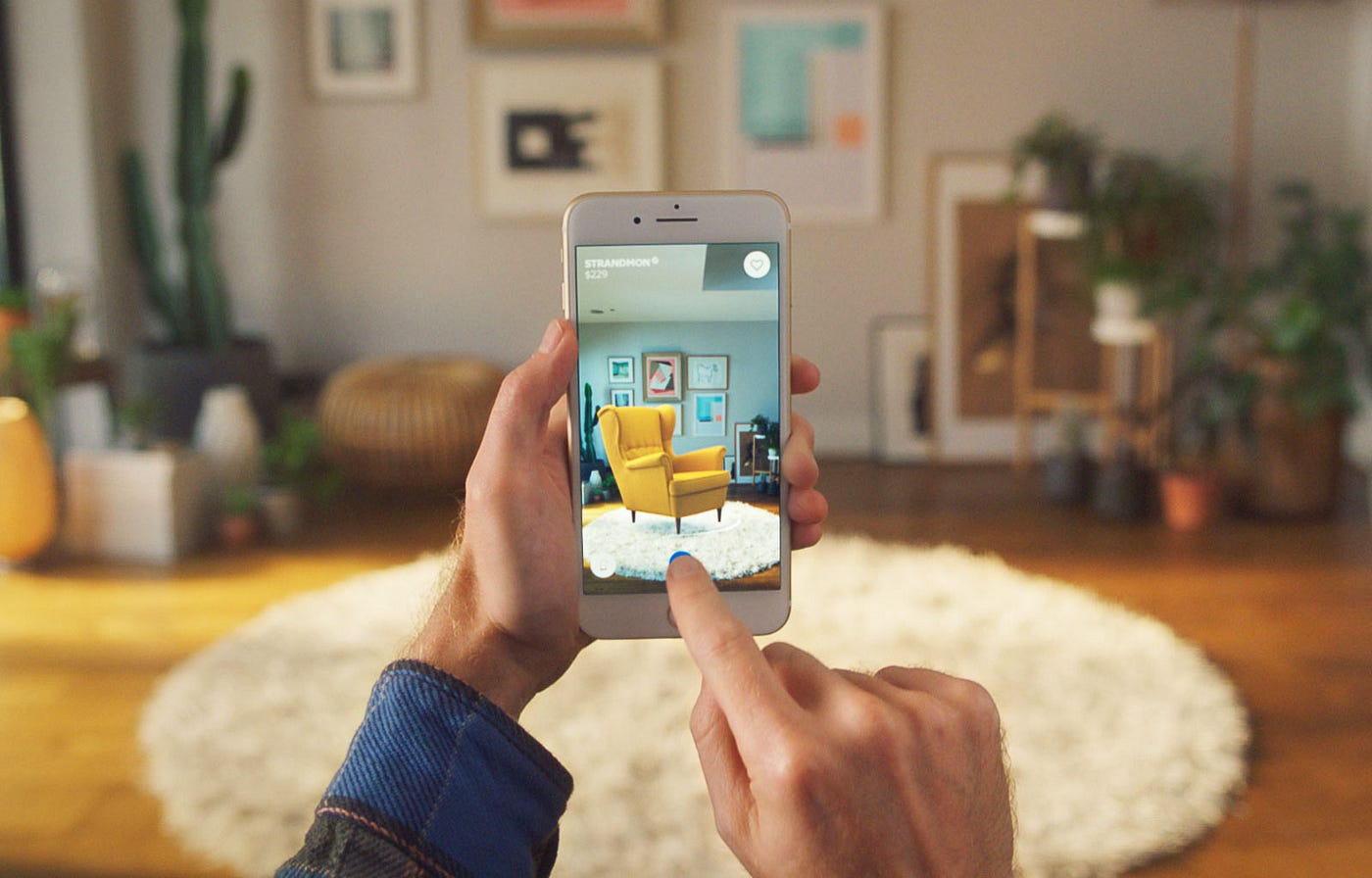Home>Latest News>Technology Trends>Why Do Mobile Phones Increase The Adoption Rates For Augmented Reality (AR) Applications?


Technology Trends
Why Do Mobile Phones Increase The Adoption Rates For Augmented Reality (AR) Applications?
Modified: September 5, 2024
Discover how mobile phones are driving the adoption of AR applications and stay ahead of the latest technology trends. Explore the impact of mobile technology on AR adoption rates.
(Many of the links in this article redirect to a specific reviewed product. Your purchase of these products through affiliate links helps to generate commission for Techsplurge.com, at no extra cost. Learn more)
Table of Contents
Technological Advancements
Sensors and Camera Technology
Modern smartphones come equipped with high-resolution cameras, GPS, and accelerometers. These sensors enable precise tracking of objects and environments, allowing accurate overlaying of digital information onto the real world.
Computer Vision
Computer vision algorithms play a crucial role in recognizing objects and understanding scenes. This technology is essential for AR applications, helping create interactive and immersive experiences by identifying and tracking objects in real-time.
Display Systems
Smartphone display systems, including high-definition screens and head-mounted displays (HMDs), provide a clear and detailed view of the augmented environment. This enhances the overall user experience, making it more engaging and interactive.
Processing Power
Rapid advancements in processing power have enabled real-time data processing and 3D rendering. This capability is critical for AR applications, allowing smooth and efficient rendering of digital information.
Algorithms and Software
Advanced algorithms for image recognition, object tracking, and spatial mapping are essential for creating sophisticated AR experiences. These algorithms ensure digital information is accurately overlaid onto the physical environment, providing seamless interaction between the two.
Networking and Cloud Access
Integration of cloud access and multiplayer experiences has expanded the possibilities of AR applications. This allows for more complex and dynamic interactions, enhancing the overall user experience and enabling real-time updates and interactions.
User Engagement
Interactive Experiences
AR provides users with interactive and immersive experiences that blend digital and physical worlds. This interactivity engages users more deeply, making the experience more enjoyable and memorable.
Telepresence
Telepresence, the feeling of being present in a virtual environment, is significantly enhanced by AR. By creating a sense of presence, AR applications can increase user engagement and improve the overall shopping experience, as seen in mobile shopping.
Media Richness and Interactivity
The media richness and interactivity of AR applications positively influence telepresence. Users are more likely to feel immersed in the virtual environment when the application offers rich media content and interactive elements.
Task Complexity
The perceived level of task complexity can moderate the relationship between media richness/interactivity and telepresence. For instance, users with low task complexity perception may experience higher impacts of interactivity on telepresence, while those with high task complexity perception may experience higher impacts of telepresence on hedonic value.
Practical Implications
Enhanced Shopping Experience
AR has transformed the shopping experience by allowing consumers to try on products virtually. This feature, as seen in the case of Warby Parker, enhances the sensory experience and reduces the need for physical visits to stores.
Increased Productivity
AR can boost productivity in various industries, including fashion and retail. For instance, custom-sized virtual models of consumers can aid in hyper-personalization, making the shopping process more efficient and personalized.
Hyper-Personalization
The flexibility of AR technologies aids in hyper-personalization, enabling businesses to tailor their offerings to individual consumers. This personalized approach can significantly enhance customer satisfaction and loyalty.
Business Model Alignment
Adopting AR technologies requires substantial investment and training. Businesses must align these technologies with their existing business models to maximize their potential. This alignment is crucial for overcoming internal inhibitors and ensuring successful integration.
Case Studies and Industry Examples
Warby Parker’s Virtual Try-On
Warby Parker’s mobile app allows consumers to try on glasses virtually using AR. This feature enhances the shopping experience by providing a realistic preview of how the glasses would look on the consumer’s face without the need for physical visits to stores.
Fashion Industry Applications
In the fashion industry, AR can be used to create custom-sized virtual models of consumers. This technology aids in hyper-personalization, making the shopping process more efficient and personalized. Additionally, AR can enhance product development processes by allowing designers to visualize designs in 3D.
Retail Applications
Retailers like IKEA have integrated AR into their mobile apps to provide customers with a better shopping experience. For instance, IKEA’s Place app allows users to see how furniture would look in their homes before making a purchase.
Future Prospects
The integration of AR into mobile apps has significantly increased adoption rates due to technological advancements, enhanced user engagement, and practical implications. The ability to blend digital information with the physical world has transformed the way we interact with digital information, making it more immersive and engaging. As AR continues to evolve with better hardware and software, it is likely to play a crucial role in shaping the future of various industries, from retail and fashion to education and entertainment.
The rise of AR in mobile apps is not just a technological trend but a strategic imperative for businesses looking to enhance user experiences and increase productivity. By understanding the technological advancements, user engagement factors, and practical implications of AR, businesses can harness its potential to drive innovation and stay ahead in the competitive digital landscape.

